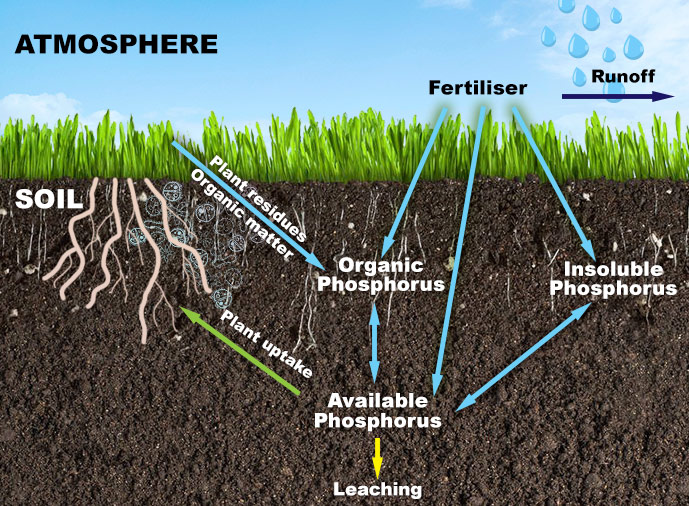What is a soil phosphorus 'Olsen P' test?
Scientists use soil tests to assess what level of phosphorus in the soil is available to plants. In New Zealand, the soil test used is the 'Olsen P' test, which provides an estimate of what is considered to represent the pool of phosphorus accessible for plant uptake as 'available phosphorus'.

By measuring the Olsen P levels, it is possible to estimate how much phosphorus is sitting in soil solution and a proportion of that sorbed to soil colloid surfaces. This, along with other farm specific information, is used to estimate how much phosphorus is needed to 'maintain' the soil phosphorus status.
High producing farms
In high producing farms, more phosphorus is being removed and more 'available' phosphorus is needed to keep soils at 'maintenance' fertility levels. For this reason, the recommended Olsen P level for a high producing farm is higher than the recommended range for average production.
Pastoral soils
In pastoral soils, maintaining adequate levels of phosphorus is required to support clover growth, which has a higher phosphorus requirement than grass. Supporting clover growth provides a valuable source of nitrogen, reducing the need for application of nitrogen fertiliser.

